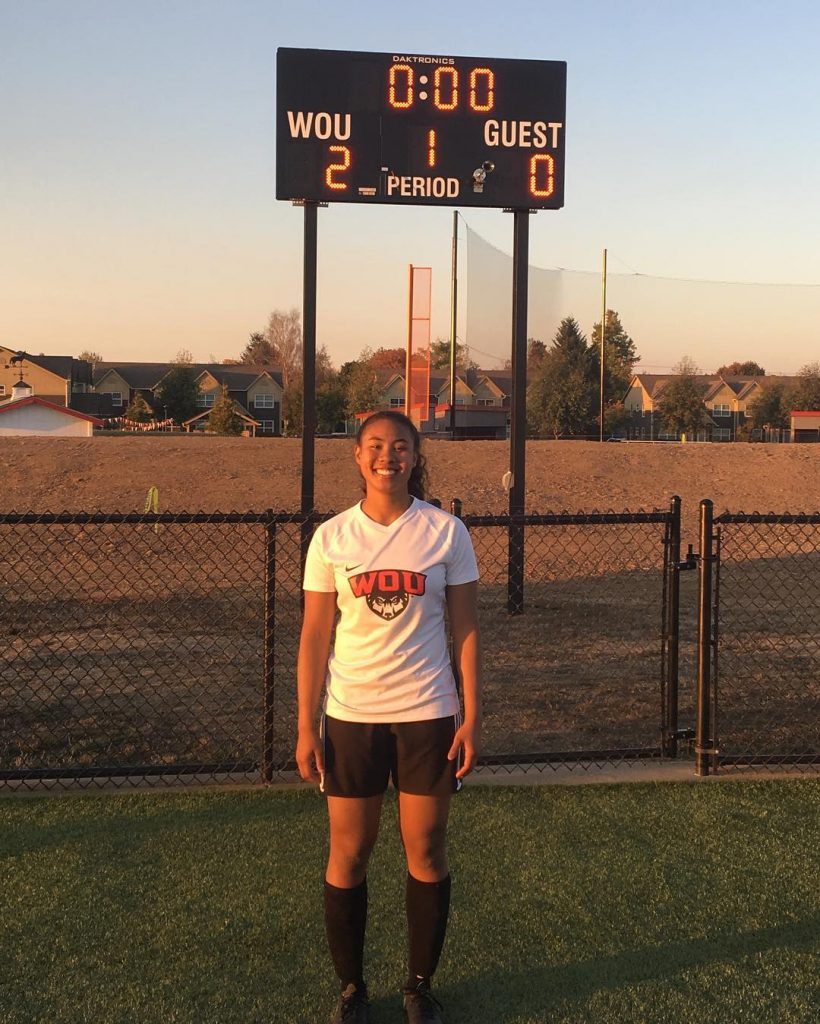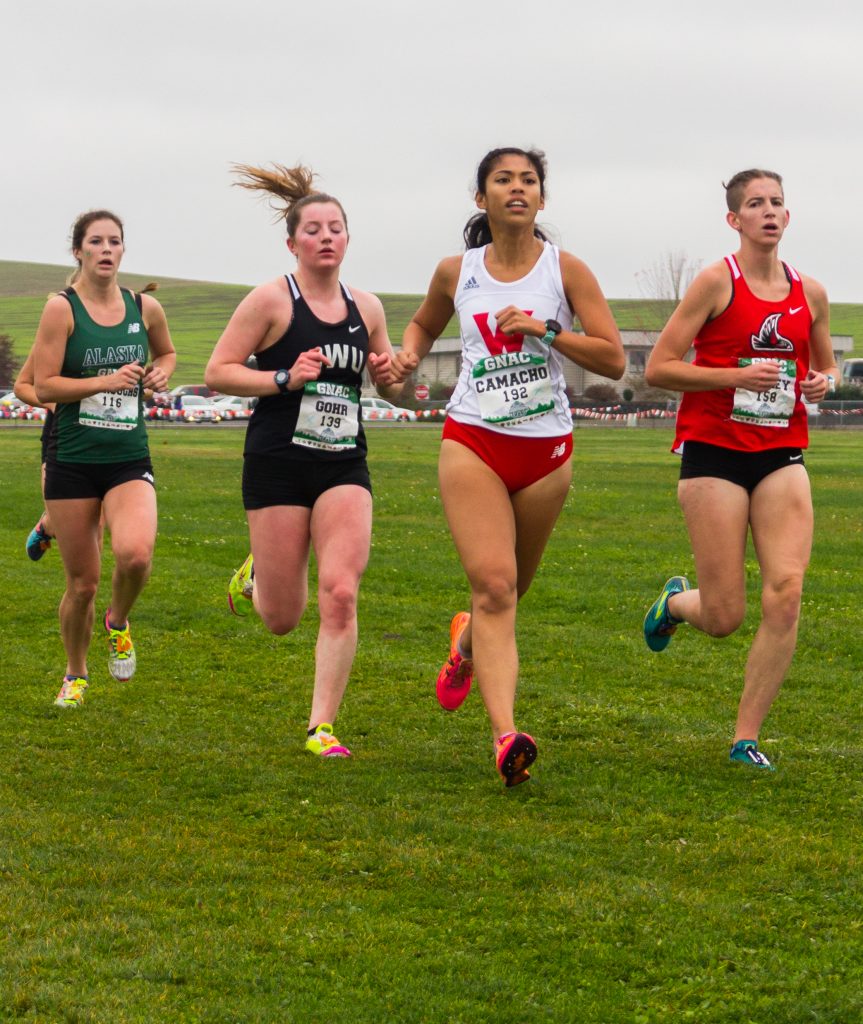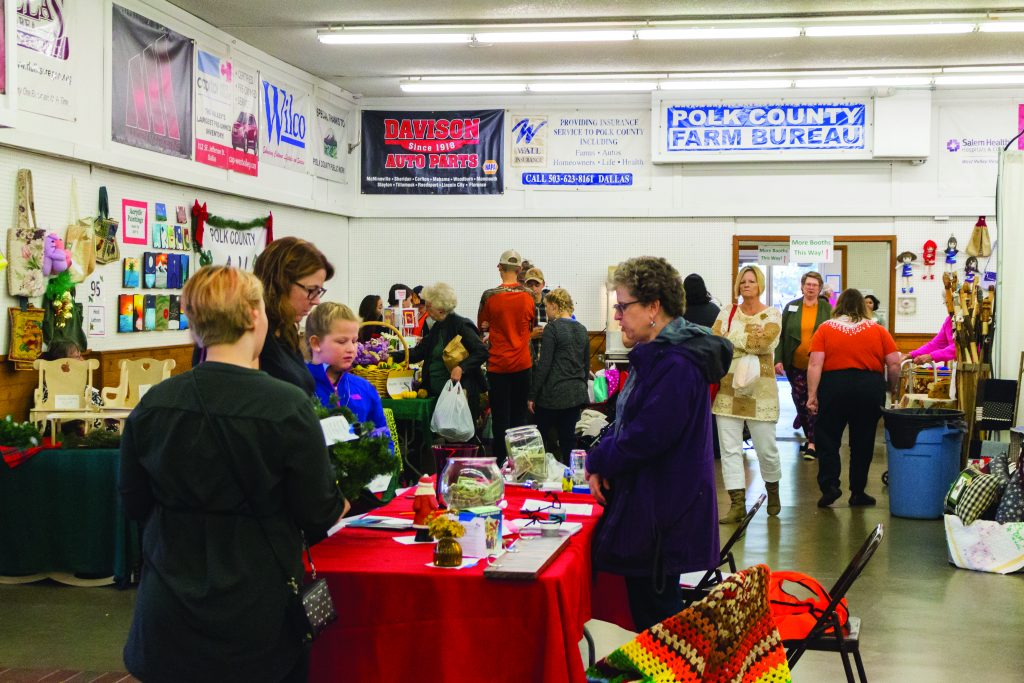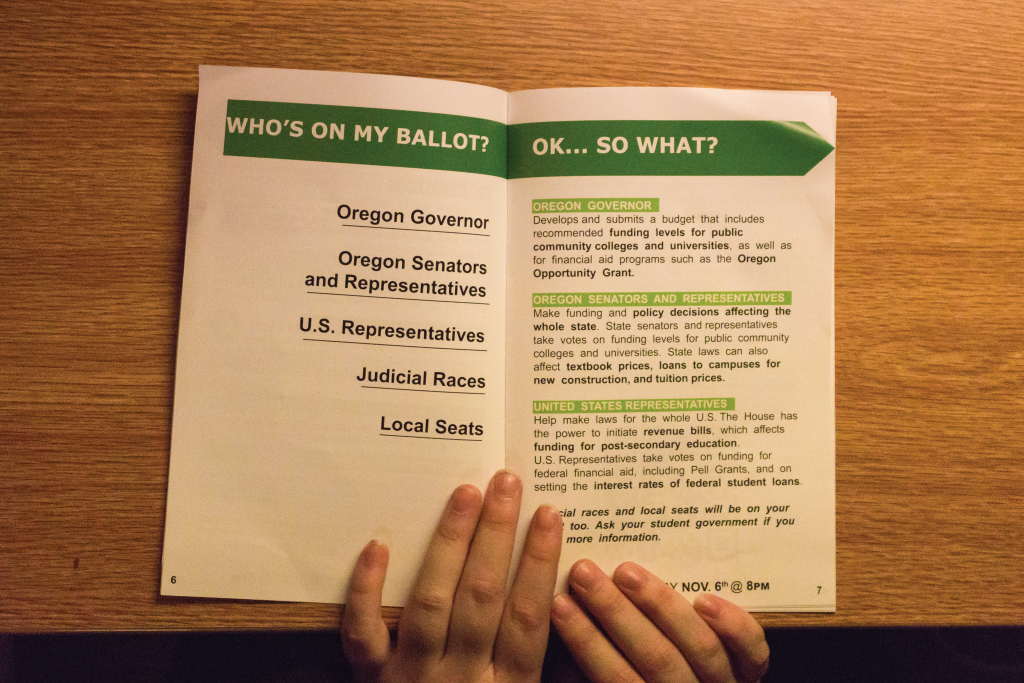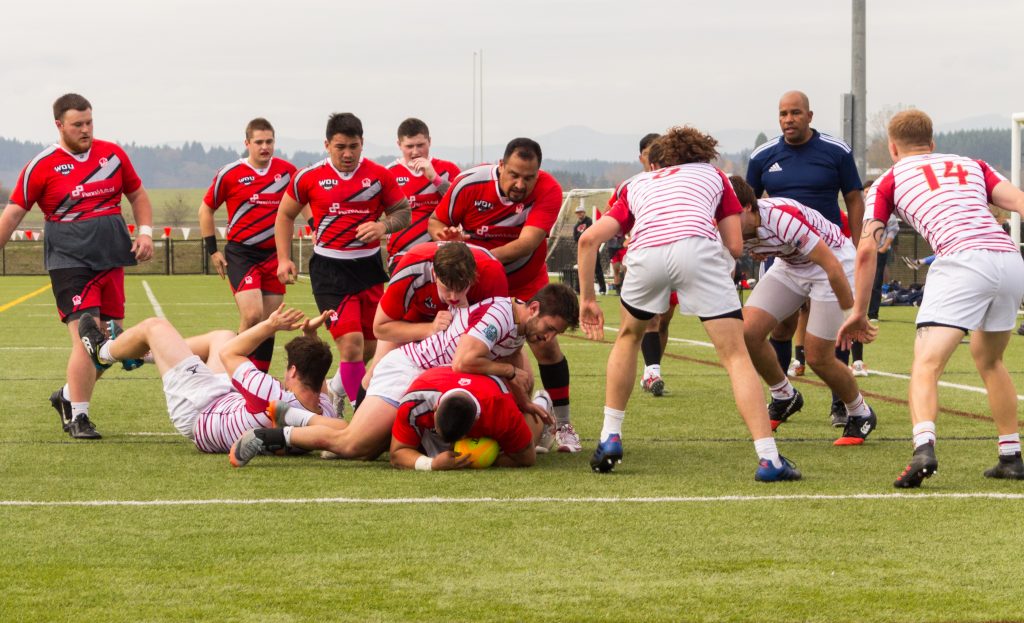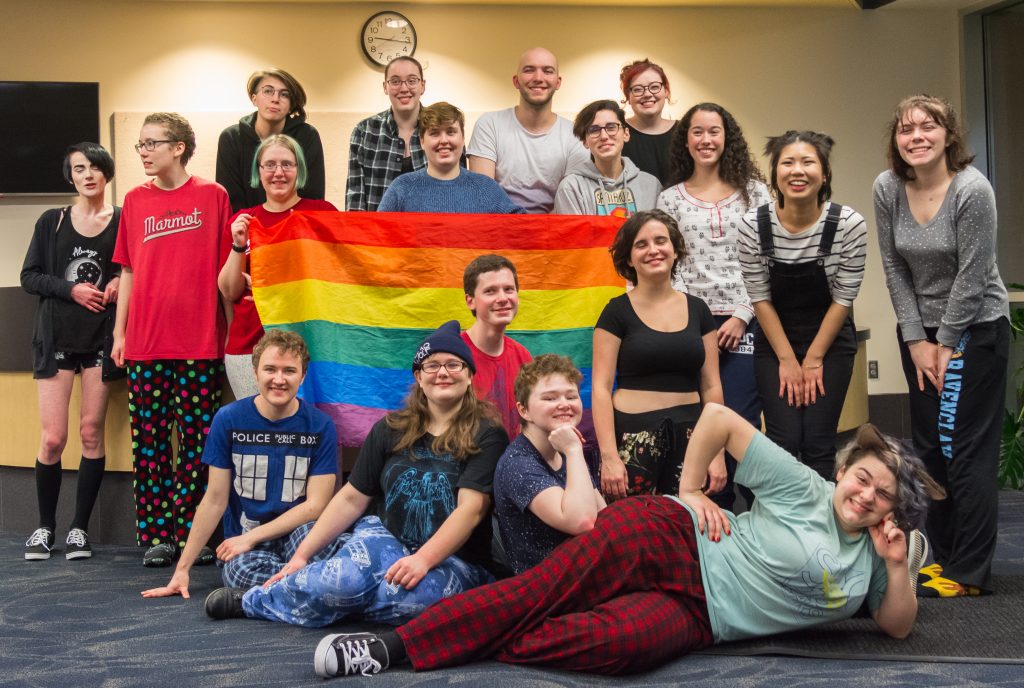Rebecca Meyers | Lifestyle Editor
With winter approaching, fall festivities are beginning to meet with seasonal and holiday opportunities. The holiday season is often when people are looking for ways to get into the holiday spirit in anticipation of the upcoming celebrations. Thanks to this, many once-a-year opportunities to visit certain places or attend events happen during this time of the year.
Ice skating
The cities of Salem, Sherwood, Ashland, Eugene and Portland all have ice skating rinks available to the public. Most open after Thanksgiving weekend. Some of these rinks, like in Eugene and Sherwood, are also home to athletes who play ice sports, so hours available to the public might be limited. In these cases it is advised to look up open skate hours on their website before going. The nearest rink, Salem on Ice, is primarily a recreational rink open to the public but can be rented out for groups as well. This attraction can be found at 200 Water St NE, Salem.
Seasonal lights
There are various locations in Oregon that have seasonal light displays. A particularly popular one can be found in Portland at the Oregon Zoo, where they have an annual ZooLights display. The Oregon Gardens also have a seasonal lights display known as Christmas in the Garden.
Wine cellar events
Thanksgiving weekend is when visitors to Arcane cellars in Salem, and Eola Hills in Rickreall can find annual wine tasting events. The city of Aurora hosts an annual wine and chocolate event on the first weekend of December, and a similar event can be found at Spirit Mountain Casino, which hosts a free admission, free samples included event.
Dallas Winterfest
Located on Main Street in Dallas, this festival on Dec. 7 will have vendors, food, holiday treats and music. The festival is free to visitors but will only be open from 5-8 p.m.
Holiday Tree lighting
There are multiple tree lighting events in the Salem area, often accompanied by holiday parades. One will be hosted here at Western on Monmouth Avenue on Nov. 30. Others can be found in Salem at the capitol on Nov. 25 or in Portland’s Pioneer Courthouse Square on Nov. 23. Portland will also be hosting a Menorah lighting at Director Park on Dec. 2-9.
Contact the author at howllifestyle@wou.edu



